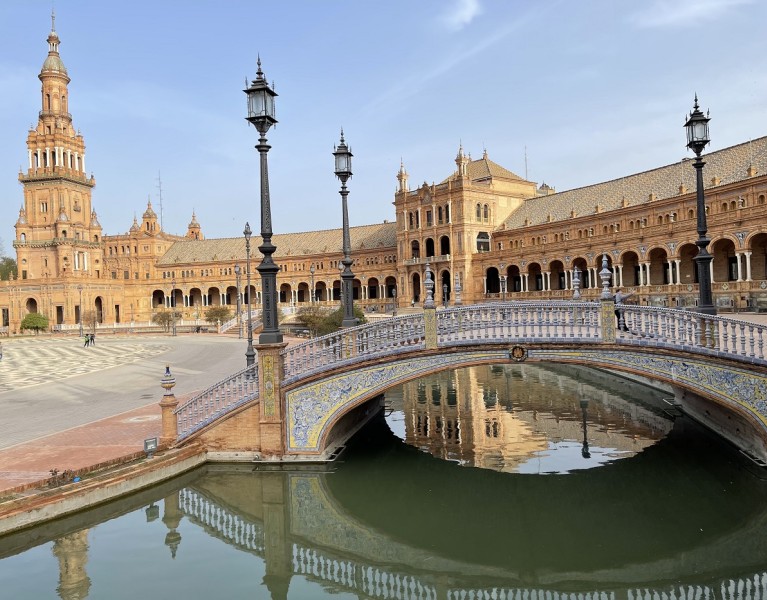
Exploring Seven Cities on a Spanish Immersion Cruise
Table of Contents [Show]
To explore seven coastal European cities in ten days, we selected a voyage aboard the Azamara Pursuit. Unlike larger ocean-going vessels with thousands of passengers that can only dock in deeper harbors, this smaller ship, with a capacity of approximately 700 passengers, sails on the Rio Guadalquivir to Seville, the only navigable river in Spain.
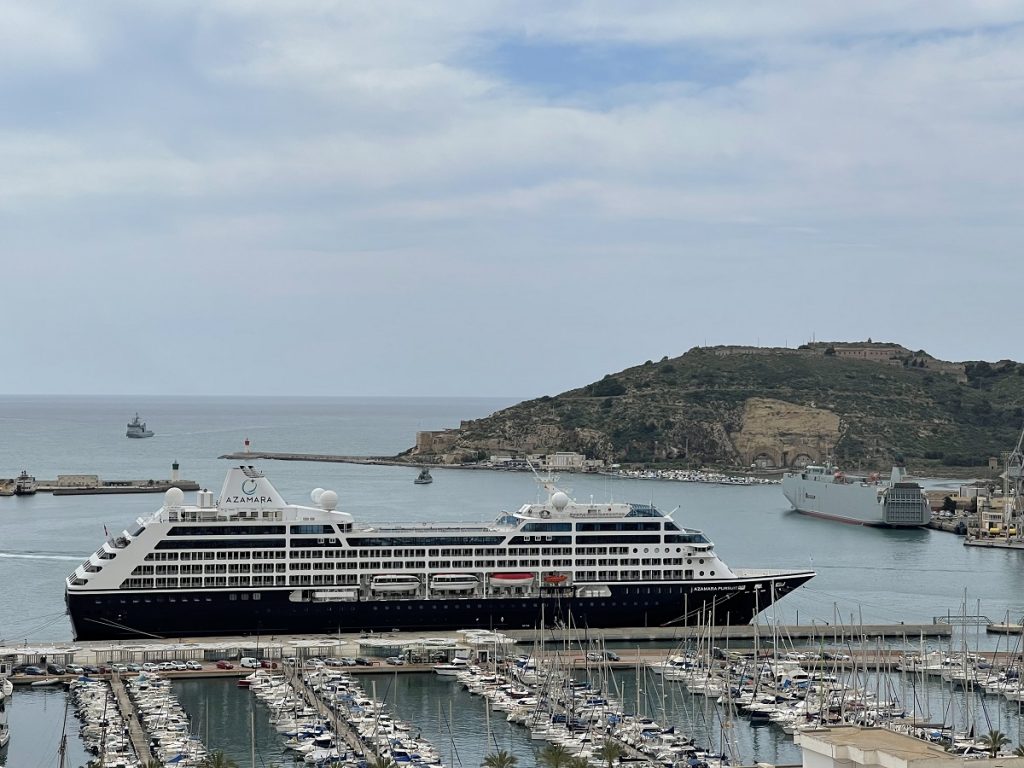
In late March, we had the good fortune of being aboard the first pandemic sailing for this vessel. At approximately half of its normal capacity, we experienced exemplary service from the crew and officers when we sailed from Lisbon, Portugal to Barcelona, Spain. This Spanish immersion cruise included an overnight stay in Seville, longer than normal hours in port, a stop in Gibraltar, and one relaxing sea day. By having full days in each port, we were able to participate in shore excursions, as well as engage in private explorations. Each destination added to our understanding of European history and culture.
Lisbon, Portugal
For a less stressful departure, we like to arrive at least a day before a cruise ship’s departure. Since we'd previously visited Lisbon, we flew in the day before and arranged for a room, in conjunction with our cruise reservation, at the Corinthia Lisbon. The hotel was approximately 30 minutes from the historical sites we planned to visit the next morning. While the location was not ideal, the dining room offered regional foods worth sampling, and our small guestroom was well appointed and quiet.
Our half-day tour with Helena Lemonnier introduced us to Lisbon’s history. Looking down on Lisbon from the Castelo de Sao Jorge, Helena pointed out prominent landmarks and significant benchmarks in history, including how the Jewish community was adversely affected by the Inquisition. From this point, we strolled downhill as she continued to provide a comprehensive overview of Lisbon’s development.
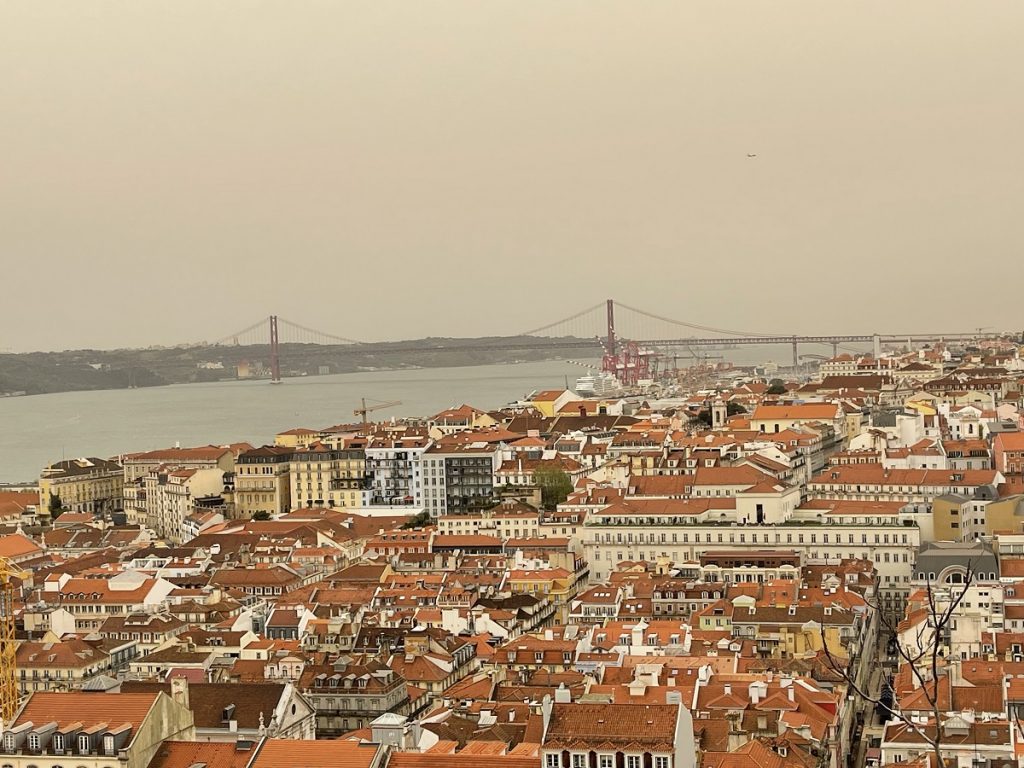
Shortly after returning to the hotel, we were on our way to the port to check-in for our long-awaited cruise that had been postponed numerous times during the pandemic. Within no time, we were standing on the top deck taking pictures of the ship sailing out of the harbor.
Seville, Spain
After a day at sea, we arrived in Seville. Just outside the cruise terminal, we met Moisés Hassán-Amsélem, a lecturer and oral historian. After walking through the Maria Luisa Park, we stood in the Plaza de Espana to admire the architectural masterpiece created for the 1929 World’s Fair. Behind a canal with bridges stood an elegant semi-circular building with two towers. Using this symbolic edifice as a prop, we listened to Moises’ rendition of the city’s history. As we walked into the older sections of the city, Moises pointed out notable structures and Jewish historical points of interest.
On our second day, we strolled independently through Seville’s streets. Our main emphasis was our visit to the spectacular Real Alcazar Seville, originally created as a fort in the 10th century, along with its impressive gardens. Crowds gathered outside the entryway before the doors opened to this popular attraction. The palace is often cited as the finest example of Mujedar architecture on the Iberian Peninsula.
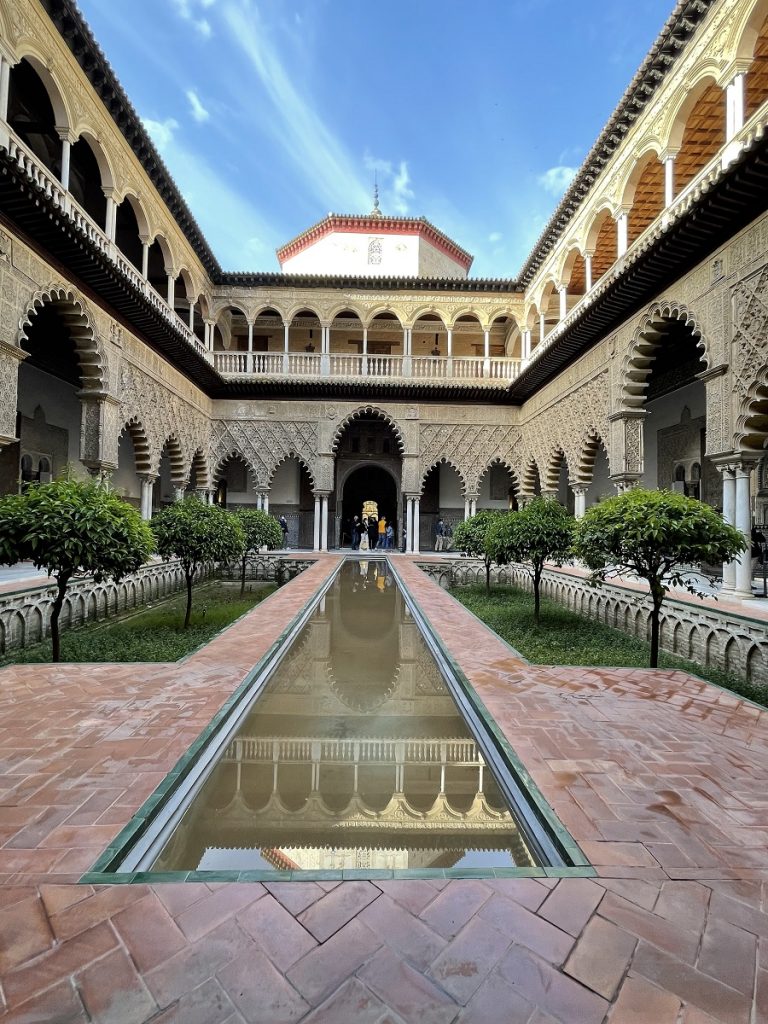
Gibraltar, UK
Overcast skies and rain prevented us from viewing the Straits of Gibraltar and the nearby African coast, but the weather did not stop the aggressive Rock Apes (also known as barbary macaques) from jumping onto Ira’s back. Their objective was to forage through his backpack, but they came up empty-handed because the pack only had a camera memory card.
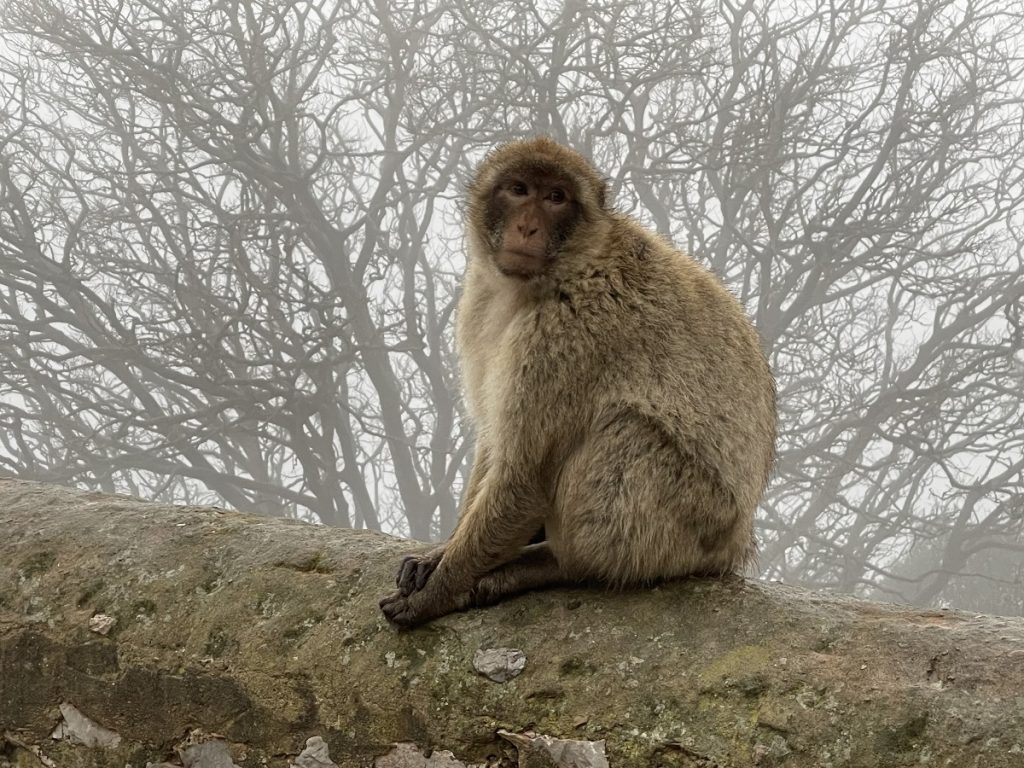
We escaped the rain and the apes by exploring the Great Siege Tunnels initially constructed during the latter part of the 18th century when Spain declared war on Britain. Over time these defensive tunnels grew to approximately 30 miles.
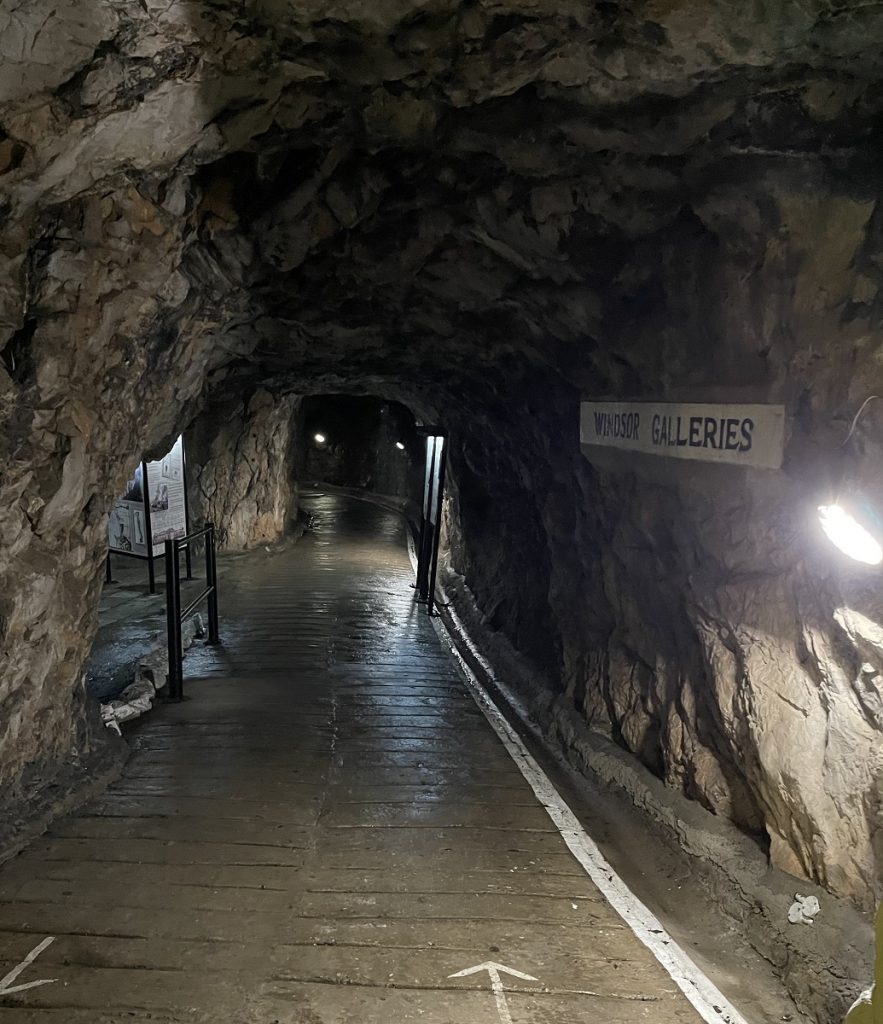
Malaga, Spain
Instead of staying near the port, we opted to take a small group excursion to the inland town of Ronda. A deep gorge separates the historic part of the city from the newer section. From various places on the bridge, we captured incredible photos of this interesting geological feature.
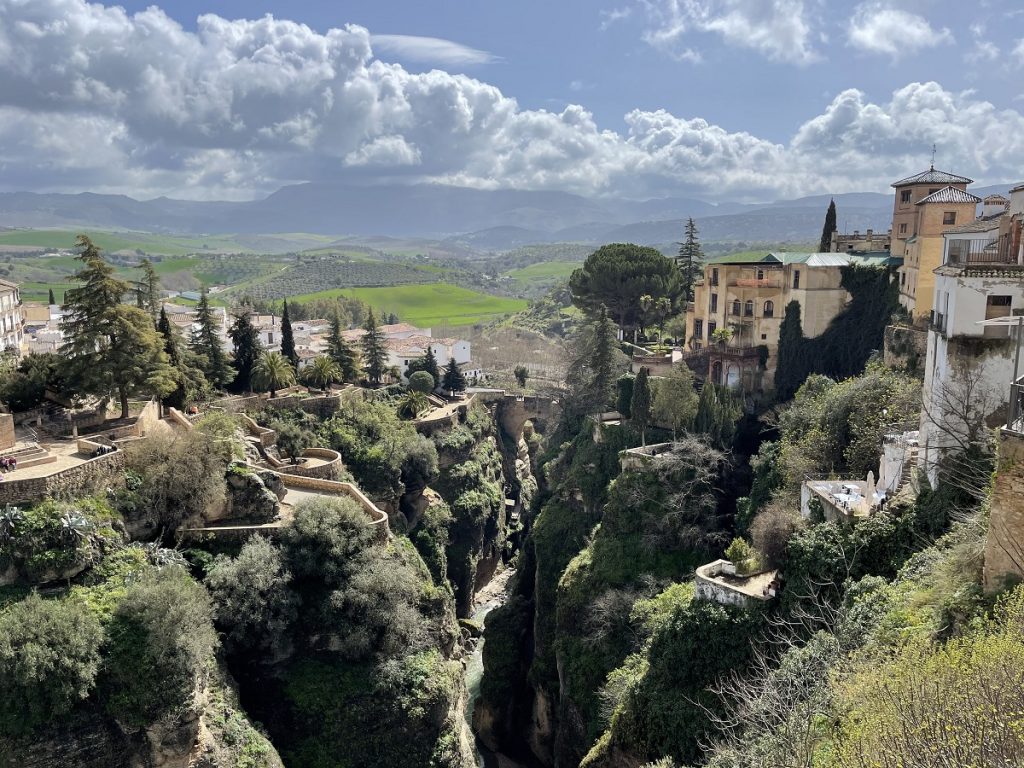
The highlight of our tour was a visit to the Plaza del Toro, the oldest bullring constructed of stone, and its museum. A at Restaurante Pedro Romero included a hearty portion of paella, a Spanish entrée made with rice, saffron, and seafood cooked in a round shallow pan.
Cartagena, Spain
In the heart of Cartagena, we met with a local archaeologist at Museo Foro Romano Molinete who described the amazing ruins unearthed from the Roman Forum dating back to the time of Octavian Augustus. In a covered area outside, we walked through an archaeological park displaying items unearthed from Punic, Roman, Early Modern, and Contemporary cities dating from the third century B.C.E. to the present.
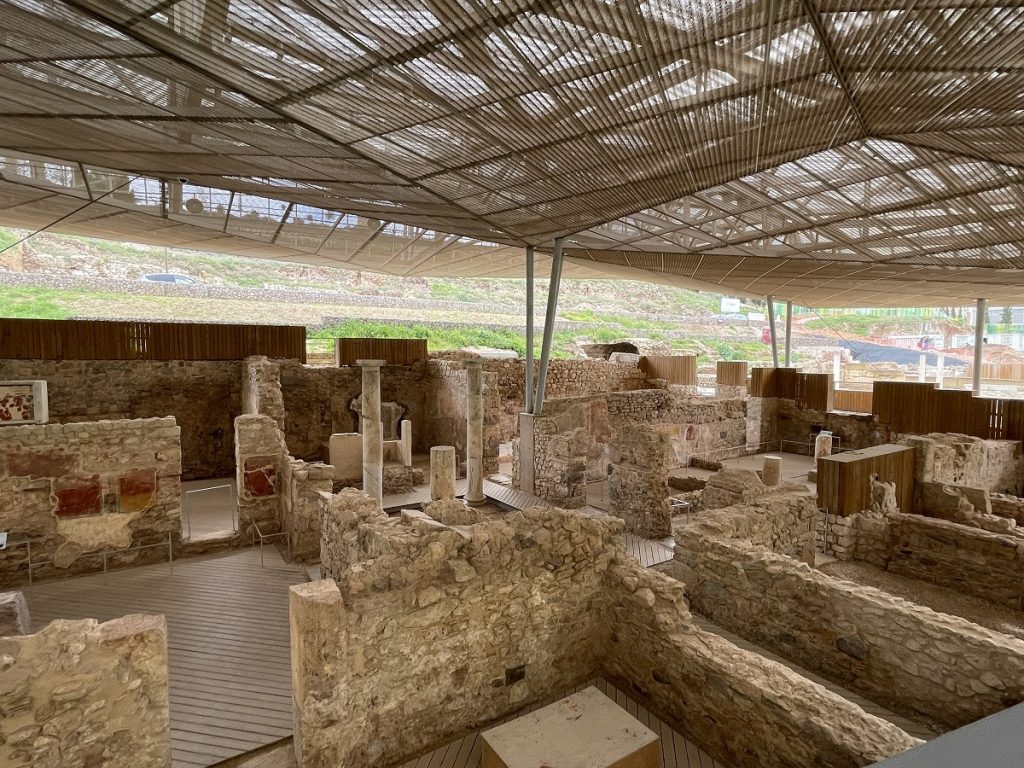
After stopping for a local tapas and sangria, some people went to the Museo Teatromano de Cartagena while others returned to the ship. We chose to walk uphill to the Castillo de la Concepción, a medieval castle dating to the 13th century. While we anticipated artifacts in the museum, most were reproductions. Numerous Spanish/English signs offered tidbits of information. Outside, we enjoyed a wonderful panoramic view of the surrounding area and were able to look down at a bullring and Roman Amphitheatre, as well as the harbor area.
Valencia, Spain
We started our day with a 30-kilometer drive to nearby Sagunto. We followed our guide through narrow cobblestone streets and eventually entered a restored Roman theatre with concrete bleachers. This controversial renovation transformed archeological ruins into a functioning modern theatre. It was originally built on the northern slope of a mountain during the mid-1st century. At the Museu Historic de Sagunt, we viewed a small collection of artifacts.
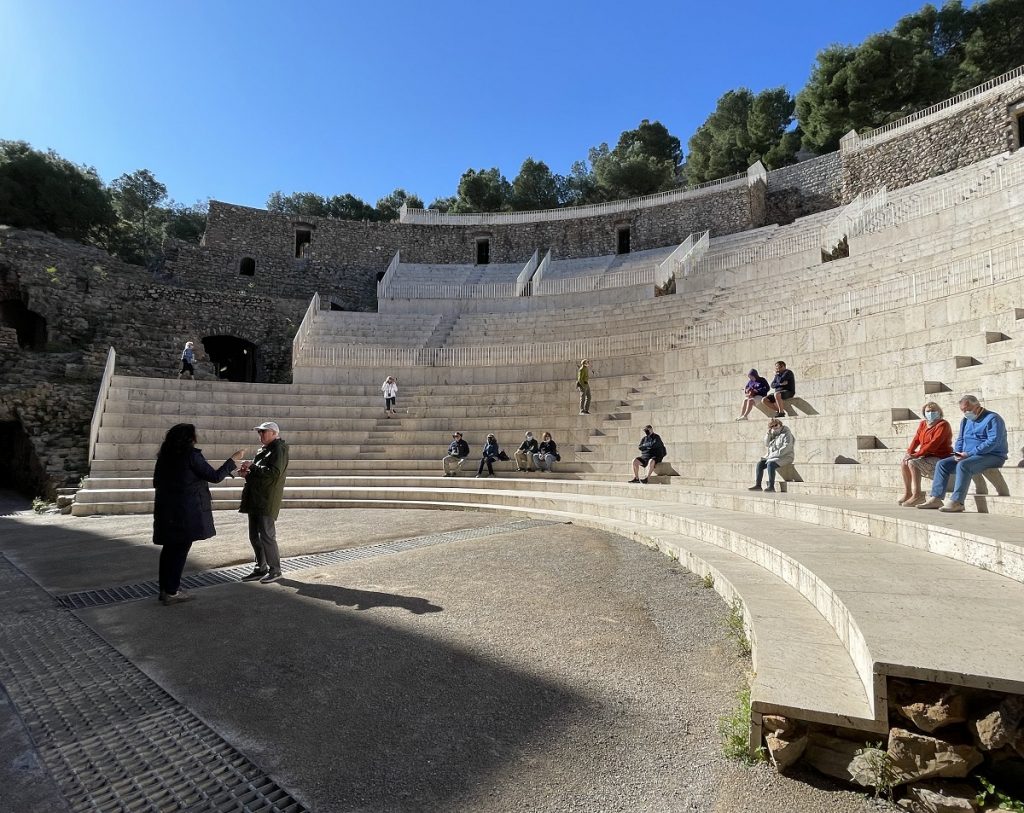
Back in Valencia, Spain’s third largest city, we were escorted through the historic area. To reach the old town of Valencia, we walked through a former medieval city gate and competed with the crowds in the plaza to take pictures of the historic buildings. On the way back to the port, we had a photo stop at the City of Arts of Science designed by Santiago Calatrava, to take pictures of futuristic structures, including El Palau de les Arts Reina Sofía (an opera house and performing arts center); L'Hemisfèric (Imax cinema, planetarium, and laserium); L'Umbracle (Walkway and Garden); El Museu de les Ciències Príncipe Felipe (science museum); Oceanografic (open-air aquarium or oceanographic park); and Ágora (space for a variety of events).
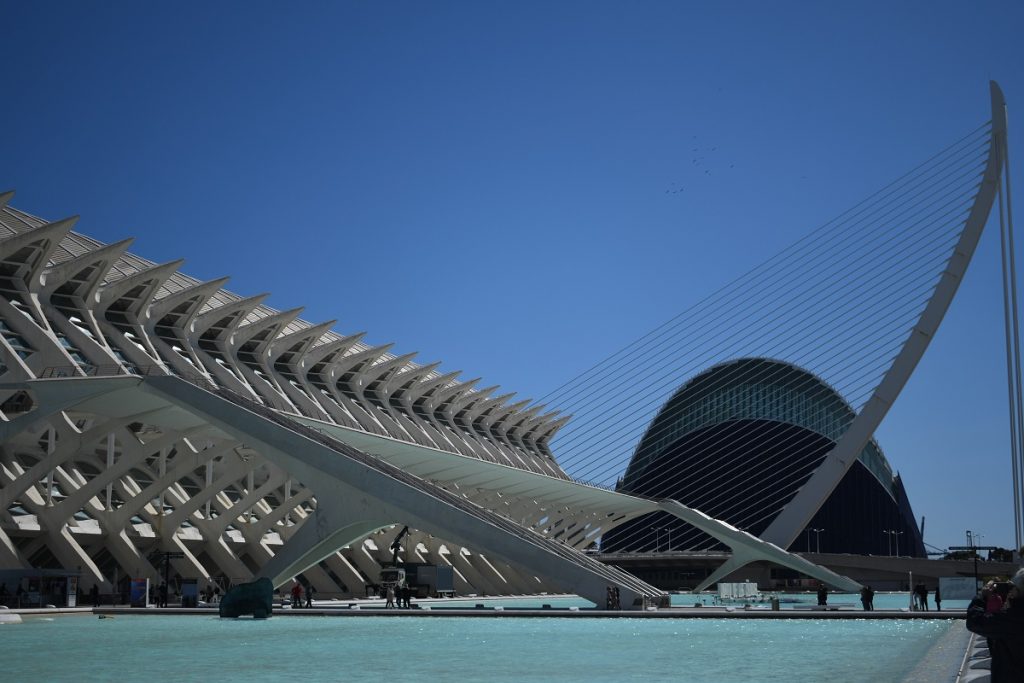
Barcelona, Spain
After disembarking from the ship, we headed to the Barcelona Almanac. This conveniently located hotel offered a great send off for a half-day of sightseeing. We strolled down La Rambla, viewed art at the Picasso Museum, took a self-guided tour through the ornate Palau de la Musica Catalena, and passed by many of Barcelona’s notable architectural sites.
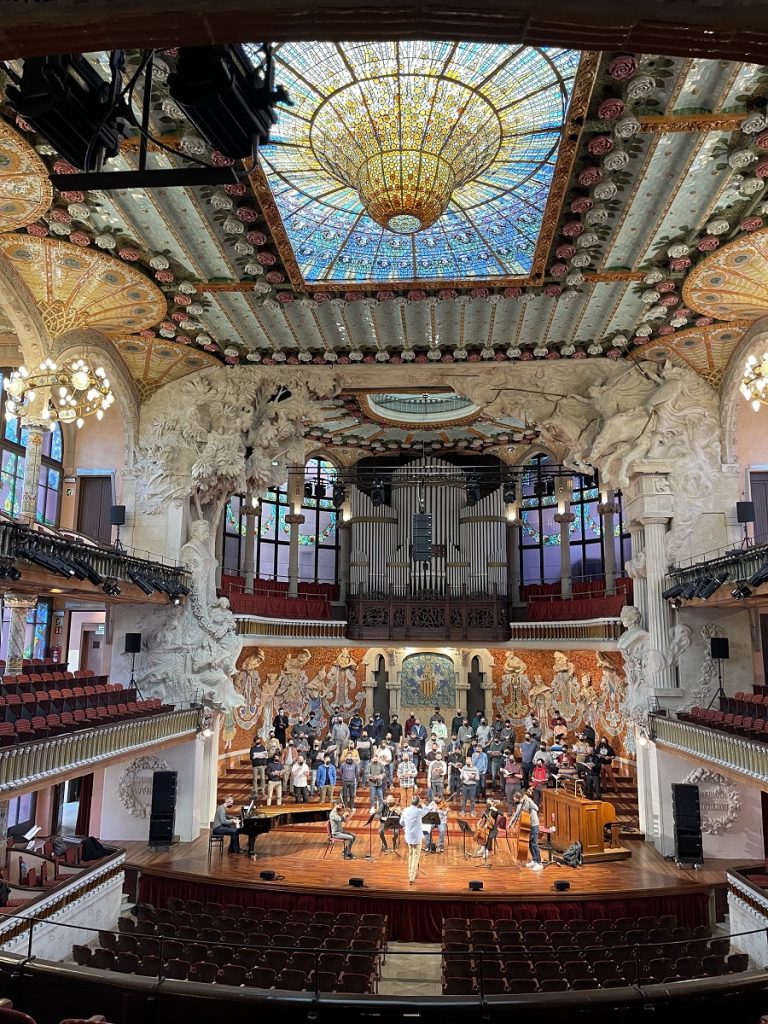
Back at the hotel, we indulged in a three-course, mid-afternoon, farm-to-table vegetarian meal at Virens showcasing Chef Rodrigo de la Calle’s culinary skills. After lunch, we relaxed on the rooftop deck. A leisurely evening meal in the hotel offered another opportunity to wind down after a fast-paced tour of seven coastal European cities in ten days.
Disclosure: Azamara Cruises provided a complimentary shore excursion.
When Sandy Bornstein isn’t trekking in Colorado or writing, she's traveling with her husband Ira. After living as an international teacher in Bangalore, India, Sandy published an award-winning book, May This Be the Best Year of Your Life, as a resource for people contemplating an expat lifestyle and living outside their comfort zone. Among other things, Sandy writes about family, intergenerational, and active midlife adventures highlighting land and water experiences


